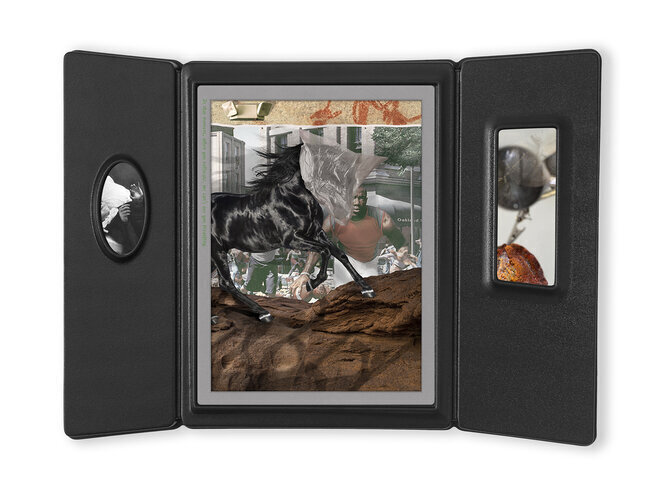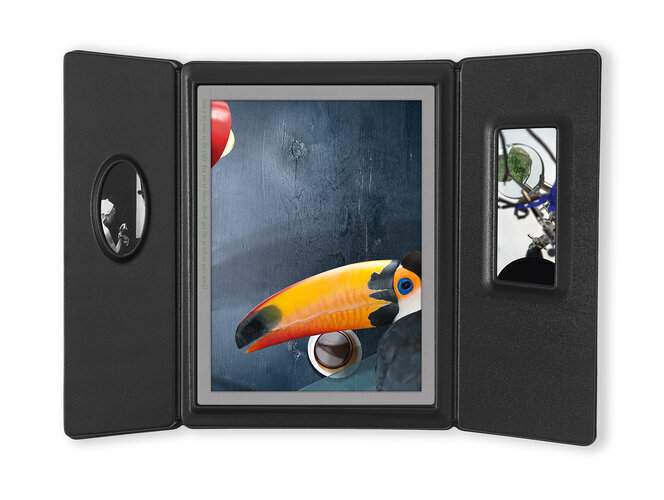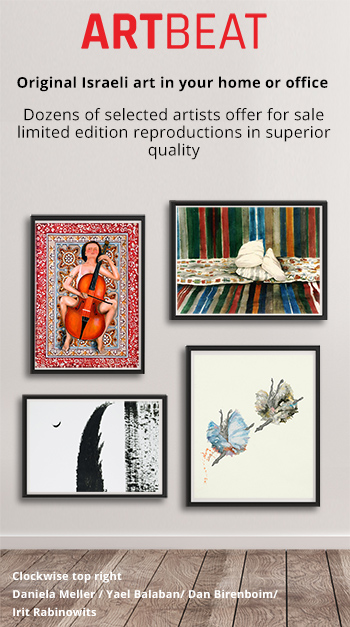Art Shows > Mousework
Mousework / Braverman Gallery19/03/2021 to - 06/05/2021 Mousework , Illit Azoulay's latest project, explores the concept of "female hysteria " as defined and exemplified throughout history, and how " hysteria " (although it has long been a henna of the word and the medical establishment itself has ceased to use it) is an integral part of our daily vocabulary , And connects to a database of connotations that has not changed much since the concept was coined. The project uses "hysteria" as a milestone in examining the hidden infrastructure on which the culture of characterizing women is built. Following on from the artist's photography studies throughout her career, the project highlights how the medium of photography played a critical role, and actually served as an accomplice to the offense of constructing the "hysteria" narrative as an acute illness in which a woman's body is infected . The idea of "hysteria" originated in ancient Egypt, and has since been explored throughout history. The origin of the phrase in the Greek word for uterus (hysteria) expresses the exclusive identification of that "disease" with the female body. In the 19th century, Jean-Martin Scharko's research positioned the phenomenon as a scientifically diagnosable disease. Freud, by the way, was one of Charco's students, and translated his research into German. Particularly notable were his studies at the Salp?tri?re Hospital in Paris, in which he resorted to unusual methods that sometimes bordered on actual abuse. Out of a strong desire to prove his case, Charco set up a photo lab inside the hospital, and used gelatin prints to research and document the various syndromes of the "disease." Recent studies show that most of the images produced in the lab were directed by Charco and his staff, and were in fact a theatrical way of validating the scientific assumption he adhered to. It can be said, therefore, that from its earliest days, photography played a crucial role in framing "hysteria" as a significant female physical disorder. The work, conceived by the artist during the closures that accompanied the first months of the Corona plague, was created mainly within the studio space, and therefore remained confined to the scale of the computer screen. The fieldwork and extensive physical investigation that often accompanies Azoulay's work process have been replaced by an online study, the conclusions of which are the fruit of the mouse's handshake. To ensure the correlation between form and content, Azoulay invited her partner, artist Yonatan Toito, to design the frames. As an inviting and compelling addition, the blank frame - an accompanying decoration of industrial origin - imposes a distorted perspective on the images. The choice to use images obtained from online databases corresponds with the purpose of the project. A simple search of the phrase " hysteria " in the image database will yield thousands of images of female characters making exaggerated and uncontrollable gestures. These images, commonly used by advertisers in the pharmaceutical and insurance industries, sanctify the latent limitations of women and give secondary validity to male dominance as an indisputable truth. The Mousework project carefully outlines the connections between the limited framework of the computer and the decrees of life under closure and the limitations of female oppression, highlighting the similarities between them. As a whole, the project examines the latent connections between the invention of "hysteria" and the contemporary discoveries of female witch-hunting. It emphasizes the long-standing construction of male domination of the female body and the way in which all the axes of life today have been paved in order to preserve patriarchal dominance as a social structure enforced by cultural norms. Its representation can therefore be used as incriminating evidence against this social order. Such descriptions of male social control, whether in the domestic space or in the public space, which attest to its legitimacy and are based on broad social consensus, govern our visual culture and continue to corrupt men and domesticate women. Mousework draws from the fields of linguistics, psychology, politics, media, and the pharmaceutical industry to show how the suppression of female desires and the fear of female sexuality have been and remain pillars of our society. Highlighting the fabric of these connections, the artist sheds light on the variety of ways in which society still strives to diagnose and suppress the female body. Translated using Google translate.location - Braverman Gallery אילת 33, תל אביב
טלפון: 03-566-6162
info@bravermangallery.com
Time - 19/03/2021 to - 06/05/2021 Exhibition opening - 19/03/2021, שעה - 12:30 Link - https://bravermangallery.com/exhibitions/mousework/ |
|1|



